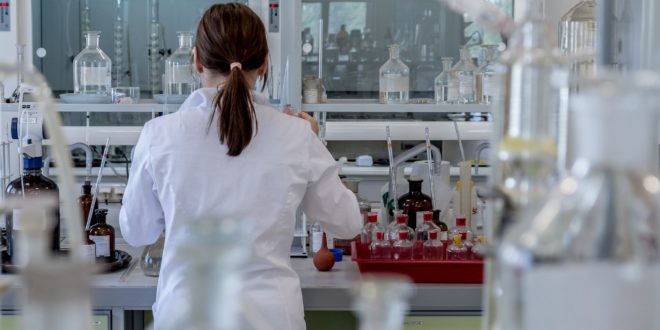Plastic is a magical material, but it’s far from perfect. We all know that it can be horrible for the environment, but it doesn’t have to cause as much damage as it does currently. Finding a way to prevent microbial damage can decrease the negative effects that plastic has on the environment. That’s why antimicrobial plastics promise to be the next innovation in plastic fabrication.
The Problem with Plastic
Plastic is a convenient substance, there’s no doubt about that. However, the very convenience of plastic is its downfall – or, more correctly, its convenience is the downfall of the environment. Polymer plastics are cheap to make and easy to mold into a variety of shapes. They’re strong yet lightweight, and in the case of polycarbonate and other types of plastic, they can be an effective stand-in for glass products.
For all of the benefits of plastic, there are negative aspects to the material. Many plastics pose a threat to the environment, particularly when they’re left to decompose in landfills, by the side of the road, or in lakes, rivers, and oceans. Not only does the incredibly slow decomposition rate of plastics take a toll on the environment, but the plastic materials can be toxic to animals, plants, and even people, too.
Multi-use plastics have their place, but we can’t ignore their disadvantages. In fact, going beyond how harmful plastic can be as it decomposes, there are also issues with the microbes that occur over time. That’s why it’s vital to consider the benefit of antimicrobial plastics and how they can help us to create a more sustainable environment.
Microbes and Plastic
Whether it’s a plastic sneeze guard, a discarded water bottle, or a hard plastic picnic table, plastics that are exposed to the elements are also exposed to a variety of environmental factors. Plastic surfaces become the perfect breeding ground for contamination by microbes, which can easily attach to plastic. Once the microbes attach, they’re in the ideal position to not just survive, but thrive. Bacteria continues to grow, especially if the conditions are right. Given the right temperature, high humidity levels, heavy moisture, and plenty of food, microbes grow into bacteria. Even fungi can grow on plastic that’s left outside at the mercy of the elements. Mind you, that goes for any type of plastic, from the cooler you take to the beach to your child’s teeter-totter or plastic swing set.
Bacteria is potentially dangerous all on its own. It can make people sick, and it can affect the flora and fauna surrounding it. Microbial bacteria are dangerous for other reasons, as well. As plastic degrades and microbes take hold, they can destroy the plastic and everything surrounding it. The plastic may change color or stain. As it breaks down, the bacteria can cause unpleasant odors. The plastic products themselves begin to lose their structural integrity.
Certain types of plastic are more likely to fall prey to microbial bacteria. For example, PVC is full of plasticizers, which are tempting food sources for both bacteria and fungi. EVA, or foamed ethylene-vinyl acetate, feeds off plasticizers, as well.
Did you know that polyester is a form of plastic? It’s a textile, but it’s still a polymer. Polyester clothing, curtains, and other items can be full of microbes, which won’t always go away with rigorous washings. That’s why some pieces of polyester always seem to smell bad.
You can see the need to look into antimicrobial options. Degrading plastic is a problem for the environment and for people.
Finding Sustainability
Antimicrobial plastic is the answer to this problem. It can contribute to a more sustainable environment simply by withstanding microbial attacks. Making the change will require a change in thinking, too, but it’s relatively easy.
The secret is to reconsider some of the raw materials used in plastic fabrication and to focus on forms of renewable energy. It’s also vital to reconsider the supply chain and to choose materials from ethical sources.
Antimicrobials are essential, as well. The addition of antimicrobial treatment on the surface of a plastic product can prevent contamination, at least at some level. Nothing can keep plastic completely safe from microbes, but the right antimicrobial treatment will keep microbes from doing too much damage. The treatment will slow down deterioration, odors, and discoloration. It will also help to prevent microbes from attaching, growing, and breeding. Antimicrobial products will last longer than their untreated counterparts.
The future of plastic is now. There are ways to make plastic more sustainable and better for the environment. Are you onboard?



